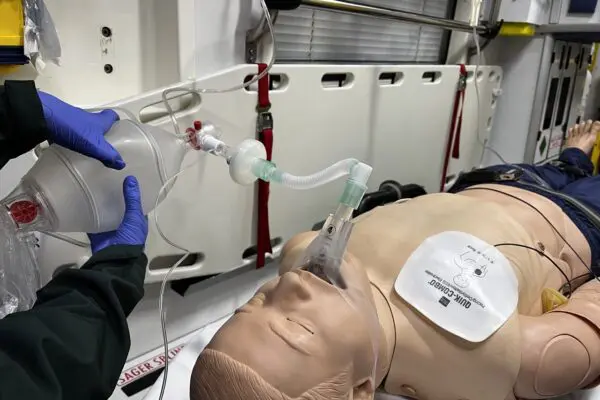In the world of health care, the way medical clinics handle emergency situations is crucial. Picture this: A sudden storm sweeps the city. As the fierce winds howl, people rush indoors. Amid this chaos, someone slips on the wet pavement, injuring themselves. A quick and effective response by a clinic can make all the difference. But this isn’t just about handling emergencies — it’s about overall healthcare efficiency. It’s about how Spring weight loss strategies can be adjusted based on a clinic’s emergency response capacity. It’s about the connection between regular care and urgent care. Let’s delve deeper.
Basic Emergency Response Steps
Medical clinics follow a set of steps during emergencies. These steps start before the patient walks in the door. They begin with preparation. This includes having the right equipment, the right personnel, and the right training.
Critical Factors in Emergency Care

Three factors can determine the success of any emergency response. These are time, expertise, and resources. Let’s understand why these three are important.
- Time: In emergencies, seconds count. The speed at which a team can react can save a life.
- Expertise: Handling emergencies requires skill. It takes well-trained hands to manage a crisis.
- Resources: The right tools are needed. These range from basic medical supplies to advanced life support systems.
Emergency Response and Regular Care
Emergency response and regular care are connected. An efficient emergency response can improve regular care. For instance, the lessons learned from emergencies can improve everyday procedures. This can lead to improved patient outcomes, such as successful Spring weight loss programs.
Conclusion
Emergency response in medical clinics is vital. It requires preparation, skill, and resources. It also influences regular care. Understanding how these elements work together can help us improve the quality of health care.

